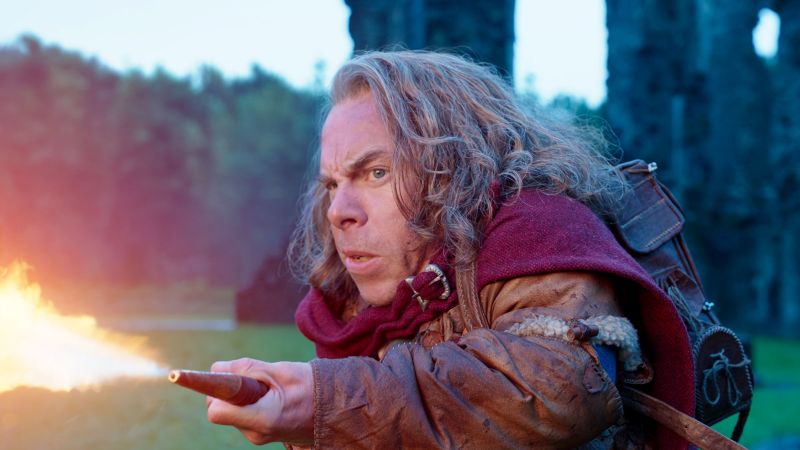A Dive into the World of “Willow”: From Classic Film to Modern Series
Disney’s recent revival of “Willow” taps into nostalgia while introducing a fresh narrative to a new audience. The original 1988 film, cherished by a dedicated fanbase, is often viewed through a lens of nostalgia, despite its general reception as a classic yet formulaic fantasy. This article explores the significant elements of both the original movie and its contemporary counterpart, focusing on themes, characters, and production details that make this revival noteworthy.
The Legacy of the Original Film
The original “Willow”, directed by Ron Howard and produced by George Lucas, introduced audiences to Willow Ufgood, a humble farmer turned sorcerer. The film follows his quest to protect a baby destined to liberate the kingdom from darkness. Alongside him are memorable characters like Madmartigan and princess Sorsha, portrayed by Val Kilmer and Joanne Whalley, respectively. While it may not have achieved legendary status upon its release, the film has slowly gained appreciation over the years, serving as early exposure to fantasy filmmaking for many viewers.
The Revival Series
The Disney+ series skillfully resurrects the “Willow” narrative, blending nostalgia with modern storytelling. Warwick Davis reprises his role as Willow, guiding both veterans of the original tale and a younger generation of characters on a treacherous quest. This new series not only revisits the events of the film but also expands the story’s universe, encouraging a broader exploration of its themes.
Key Characters and Plot Developments
In the series, we find that Elora Danan, the baby from the original movie, has grown up in anonymity, reminiscent of fairy tales like “Sleeping Beauty.” Her identity is not the only secret in the story, as she embarks on a quest alongside a vibrant cast of characters. Notably, Princess Kit and her love interest, the knight training her, add layers of personal conflict and growth.
Joanne Whalley returns as Queen Sorsha, who now navigates the challenges of motherhood while combating dark forces alongside her grown children. Unfortunately, Val Kilmer’s absence due to health struggles leaves a palpable void, but the series compensates for this loss by introducing Christian Slater as a knight with a mysterious past connected to Madmartigan.
The Production Aesthetic
Jonathan Kasdan, who previously worked on “Solo: A Star Wars Story,” leads the creative team as showrunner, collaborating with various directors to craft a visually stunning tapestry. The series is brimming with sweeping landscapes, reminiscent of the grand tapestries found in “The Lord of the Rings.” The elaborate production design showcases the series’ commitment to quality, ensuring that viewers are treated to rich visuals that immerse them in the fantasy world.
Humor and Tone
One notable aspect of the series is its ability to blend humor and irreverence with heavy action and dramatic sequences. The dialogue feels contemporary, appealing to both old fans and newcomers alike. This balance of tone allows for lighter moments even as characters confront serious threats, making the series engaging without devolving into gloom.
Pacing and Narrative Flow
However, while “Willow” offers visual splendor and modern dialogue, some critique its pacing and narrative arcs. At times, the plot seems to meander, focusing heavily on Willow’s mentorship of Elora as she learns to master her powers. This emphasis on character development is essential, yet it can feel sluggish when intertwined with the larger quest narrative.
The Appeal of “Willow”
Despite its criticisms, the revived “Willow” manages to carve out its niche within the fantasy genre. By offering a structure that feels both familiar yet fresh, it invites fans and new viewers to appreciate a story that emphasizes heroism, friendship, and self-discovery without taking itself too seriously.
As the series premieres, it aims not to overshadow its predecessor, but rather to stand proudly beside it, allowing audiences to explore its world anew. Whether you’re a longtime fan or a curious newcomer, “Willow” presents an opportunity to engage with a beloved fantasy tale that is both reflective and forward-looking.
“Willow” premieres November 30 on Disney+.



